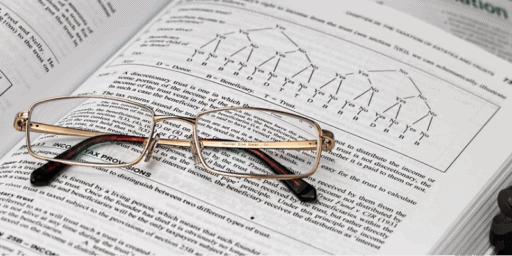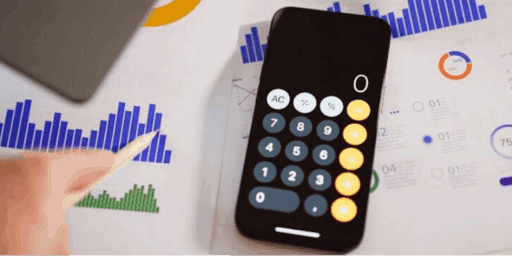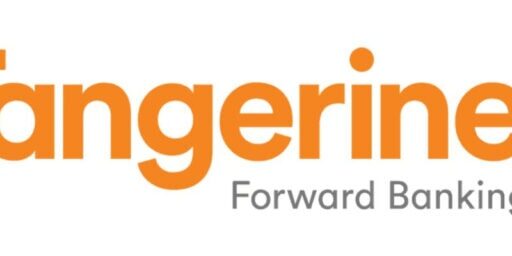How Car Lease Payments are Calculated
With the new 2010 Honda CRV released, a renewed interest in a replacement vehicle has occurred in our household. After browsing around the auto makers website, I was curious as to the difference between purchase and lease payments. As someone who likes to pay cash for everything to avoid the interest, I’ll reluctantly admit that leasing does have a certain appeal as it reduces the monthly payments.
One thing that caught my eye on the lease payment calculator was that the monthly payment was higher than I had expected. As a lease is basically paying for the depreciation of a vehicle, I assumed that the interest rate quoted is applied to the purchase price minus the end value. However, using a simple loan calculator, the numbers don’t match.
So after some digging, I figured out why my calculations were off. The lease payments are calculated a bit different where the deprecation AND lease fee must be paid for.
What is a lease fee? Basically, the formula is:
Lease Fee = (Purchase price + Residual Value) * Money Factor
Money Factor = Interest rate on the lease payment divided by 2400.
Lets do an example on the Honda CRV and pretend for a moment that I pay full price for the vehicle.
- MSRP + freight/PDI: $29,880
- Residual Value: $15,276.60 (after 3 years)
- Depreciation over 3 years: $14,603.40 ($405.65/month)
- Annual Lease Rate: 4.9%
- Money Factor = 4.9/2400 = 0.00204
- Lease Fee = ($29,880+15,276.60) * 0.00204 = $92.12/month
- Lease Payment = $405.65 + $92.12 = $497.77/month * sales tax
As you can see, before sales tax, the payment is approximately $498/month which is higher than having a loan (@4.9%) for the depreciation only which would work out to be around $437/month. In fact, paying $498/month is basically paying 4.9% on $16,640 instead of the stated deprecation $14,603.
In other words, the $498/month payment represents a 14.2% interest rate on the depreciation over 3 years.
When it comes down to it the important thing is to look at the big picture when comparing purchasing and leasing. Ask yourself, what is the total cost of the vehicle after accounting for the payments, sales tax and other fees?
In this example, assuming that the leased CRV is bought out after the 3 years, the total cost of the vehicle would be around $37,740 However, if this vehicle is financed over 3 years at the same 4.9%, the total cost would be $36,488 (with $0 down, but double the monthly payments). A difference of around $1,250 with both at the same interest rate.
The benefit of a lease is obvious, lower monthly payments and the “benefit” of returning the vehicle after the term. However, the lower payments usually result in a higher overall cost in the end.
I've Completed My Million Dollar Journey. Let Me Guide You Through Yours!
Sign up below to get a copy of our free eBook: Can I Retire Yet?










From Canada. I built out a car on the Honda website and using the same sale price, term, and interest rate arrived at a residual value that Honda is assuming. In my example $45k car after 5 years is assumed to have a $15.5k residual value based on your formula. Does that mean at the end of the 5 years I can then go and buyout the lease for $15.5k instead of the $30k that 5 year old cars are currently going for?
I think you explained this well, and when you compare apples to apples leasing is a huge rip off in my opinion. You forgot to state the fact that you have several if not many terms and conditions when it comes to leasing as well.
Great information…I really enjoyed seeing the break down like this. This is yet just another reason why craiglist looking up for used cars are becoming more and more valueable and common.
I managed to figure this stuff out. Those interested can read my explanation of car lease payments.
The Money Factor seems to come from converting to a percentage (hence x 100) and 12 months per year. My guess is that by also using a factor of 2 it can give the impression that it represents the interest rate, and a lower one at that.
For example, some contracts that specify a Money Factor might write it as 2.75 (rather than the correct 0.00275). If you don’t know any better, you might think this is the interest rate. In fact, the interest rate will be approximately 6.6%.
Since it is used only in car leasing (apparently) one has to think it is there to obfuscate and perhaps mislead.
One big advantage of the lease is that you can match your lease length with the length of the warranty on the car. So if you continuously lease your cars, although you are paying more than someone who purchases and keeps a car, you are always covered under the warranty.
This way you don’t have to deal with the car breaking down (which in my experience with my previous car, cost me more per month than a new car) and having to dole out a huge chunk of change.
Another benefit that you pay for is getting a new car every 3 or so years, which I’m sure is a very attractive option for a lot of people.
Having worked for a major manufacturer there are a few reasons why dealers push the lease. For one it guarantees the fact that you will need a new vehicle in 2-4 years, and guarantees that you will return to their dealership as you have to return the car or negotiate to buy it. They pay thousands a month on advertizing and if you lease, they don’t have to pay you anything to entice you to come back because you contract mandates that you do that anyways. Lease customers are typically happier with their purchase than people who buy as they are less picky about things that may go wrong, because after all they know in their head they aren’t keeping it forever. And a happier customer means they are more likely to return to lease or purchase again from the same dealer. It also makes it easier for the sales guy to close the deal on someone who is getting out of a lease. Because at the end of the contract you need a car, one way or another. That added pressure helps get a deal done, where as someone who owns can take their time and always has the opportunity to walk away. As far as profit for the dealer there are only small kick backs for leases, but the same kickbacks are available from the factory or banks for purchase financing. So either way it doesn’t make much of a difference for them that way. The major difference is that your monthly payments are less on a lease than they would be if you did purchase financing. So after the credit checks the finance and insurance manager knows what you can afford to pay monthly. Their job is to maximize your payment. If you can afford $800 a month and your purchase finance payment is $700 then they only have $100 a month worth of product they can sell you. If however your lease payment is only $500 then they have $300 worth of product they can sell you and still get you approved. And all that extra stuff has a much higher mark up than the car itself.
Hope that sheds some light on the true motivations of dealers. Guaranteed repeat visits to the dealership, happier customers, set intervals to switch and sell cars, more room to sell extras.
On my own “million dollar journey” I’m going to avoid the temptation to buy a new vehicle when my existing one is perfectly fine… but that new car smell is wonderful, no doubt about it.
I don’t think I would EVER lease a car because in the end for the most part, I’ll be at a loss. However, between buying a used beater car and leasing, I’d probably rather lease because the mechanical problems w/ the used car would probably be pretty high, too.
Bottom line: Leasing is the most financial draining option to the consumer. If you must purchase a brand new vehicle, at least do it with cash!
I had always been taught that leasing a car was a bad idea. The final price would always be higher than what it would cost with financing. The only advantages are the lower monthly cost and the fact that you can return the vehicle. If you return the vehicle, you have basically just rented the vehicle at a high price. No thank you.